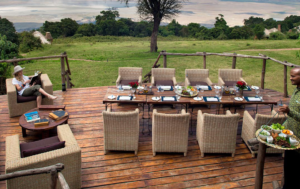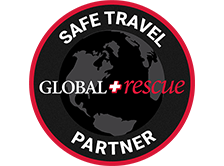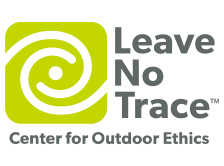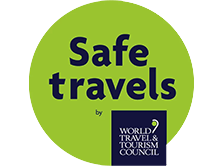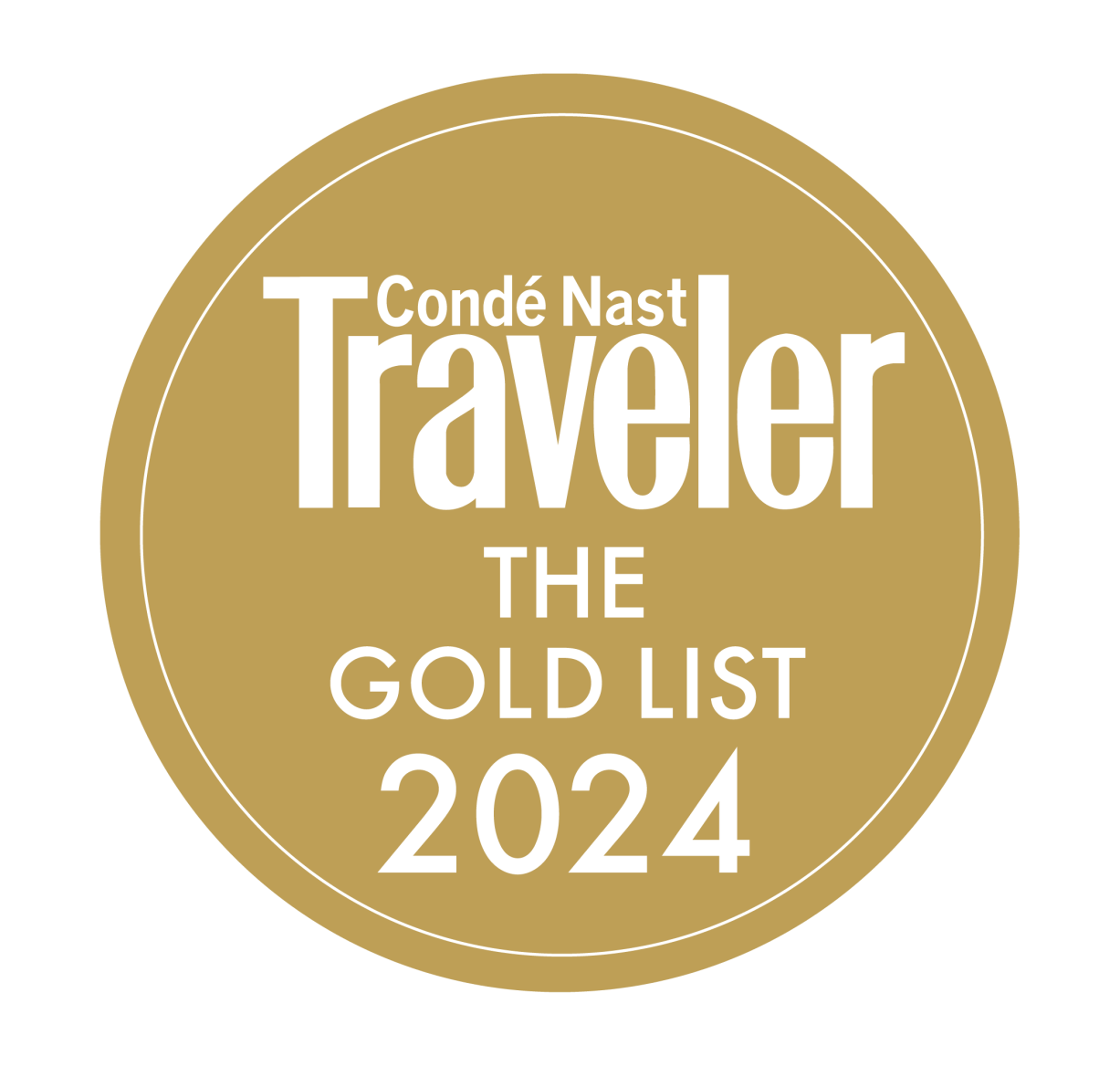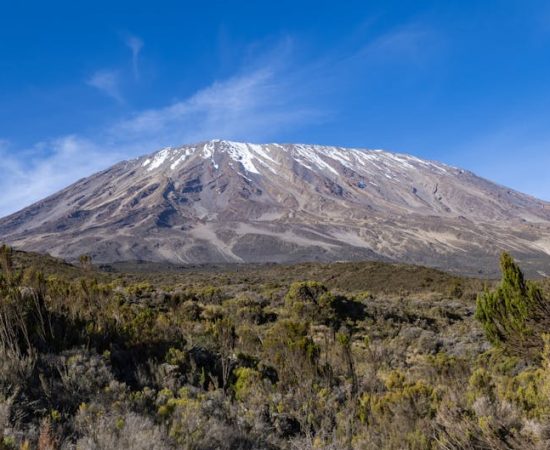Kilimanjaro Altitude Sickness
Kilimanjaro Altitude Sickness
And, as altitude sickness and safety go hand-in-hand, addressing it becomes all the more important. So, let’s begin by discussing the details related to Kilimanjaro Altitude Sickness, how to endure it, and what options you have to overcome it. But before that, let’s first understand what altitude sickness is.
Quick Navigation Links
Understanding Kilimanjaro Altitude Sickness

Altitude sickness, or Acute Mountain Sickness (AMS), results from the adverse effects of high altitude on health. It occurs when the body struggles to adapt to the decreased atmospheric pressure and oxygen levels at high elevations.
The human body is generally well-adapted to functioning at sea level, but as altitude increases, the air becomes thinner, and the available oxygen decreases. This can lead to various symptoms and complications, collectively called altitude sickness.
Therefore, the primary cause of altitude sickness is the body’s inability to adjust rapidly enough to reduced oxygen levels, often due to climbers ascending too quickly to higher elevations.
Good To Know: hough a significant challenge, it is fine even if you get altitude sickness during Mount Kilimanjaro Climbing. A mild form of AMS affects a considerable population attempting Kilimanjaro Climb. So, there is nothing to worry about. The important thing is to take timely steps to manage it.
Types Of Altitude Sickness
- Acute Mountain Sickness (AMS)
- High Altitude Cerebral Edema (HACE)
- High Altitude Pulmonary Edema (HAPE)
An Insight: AMS is the mildest form, while HACE and HAPE are severe and potentially fatal if not addressed promptly.
Symptoms Of Mild Altitude Sickness
- Headache
- Nausea
- Fatigue
- Dizziness
- Loss of appetite
- Irritability
- Swelling of hands and feet
- Rapid heart rate
How to treat mild symptoms of altitude sickness? They can be easily treated. While the most effective treatment is to descend in case you feel like it. However, as an immediate resort, you can take rest and fluid intake. Some Kilimanjaro Altitude Sickness Medications that can come in handy in case of mild symptoms include:
Typical Daily Schedule for Kilimanjaro Trek
|
Medications |
Why for? |
|---|---|
|
Acetazolamide |
To treat high altitude sickness |
|
Ibuprofen and Paracetamol |
Headaches |
|
Promethazine |
Nausea |
Pro Tip: Remember that mild altitude sickness symptoms are common and subside as soon as the body acclimatizes. They do not even interfere with regular activity. This also means you can carry on with your Kilimanjaro Climb. Additionally, you can keep some ginger, lavender oil, garlic, and cloves handy to relieve yourself from mild symptoms of Altitude Sickness Kilimanjaro.
Severe Symptoms Of Altitude Sickness
- Chest congestion
- Extreme fatigue
- Fast and shallow breathing
- Inability to walk by lacking balance
- Confusion or social withdrawal
- Pale complexion or discoloration
- Blue or grey lips or fingernails
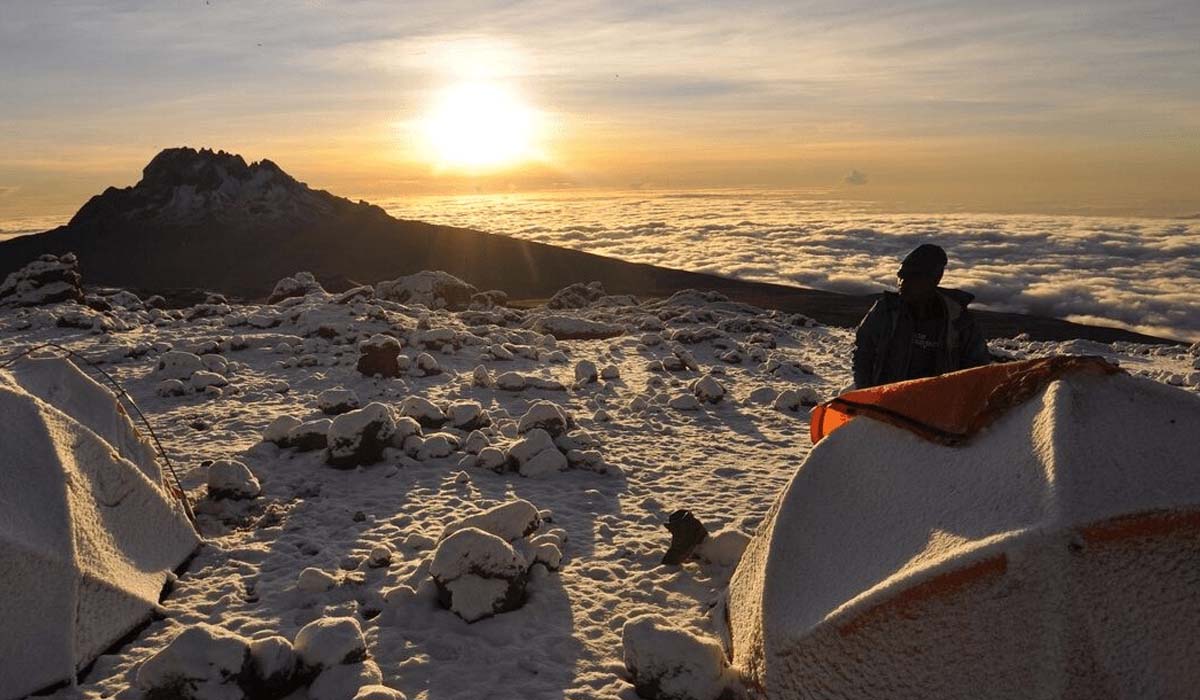
What to do in case of emergency? For severe cases of Kilimanjaro Altitude Sickness, it is advisable to immediately descend for about 2000 feet to a much lower elevation. This can be followed by doctor visits. These cases are rare as your Kilimanjaro Guides will make sure you are acclimatizing well and multiple procedures ensure proper acclimatization is done.
What are hape and hace-their symptoms and treatment
High Altitude Cerebral Edema (HACE) is a severe form of altitude sickness characterized by the swelling of brain tissue due to fluid leakage. HACE is relatively rare but can be fatal if not treated immediately. The symptoms and treatment of this condition are tabularized below:
|
SYMPTOMS OF HACE |
Severe headache, Confusion or disorientation, Impaired balance or coordination, Hallucinations, Seizures, and Coma. |
|---|---|
|
TREATMENT |
Moving down to a lower altitude Taking a steroid dexamethasone Using bottled oxygen |
High Altitude Pulmonary Edema (HAPE): HAPE occurs when fluid accumulates in the lungs, impairing the exchange of oxygen and carbon dioxide. Like HACE, HAPE is a rare but life-threatening condition.
|
SYMPTOMS OF HAPE |
Shortness of breath at rest, Persistent cough (sometimes with frothy sputum), Chest pain or tightness, Cyanosis (bluish skin color), Rapid breathing and increased heart rate, Extreme fatigue, Weakness or inability to exercise |
|---|---|
|
TREATMENT |
Moving down to a lower altitude Taking a steroid dexamethasone Using bottled oxygen |
Acclimatisation: The Way To Overcome Kilimanjaro Altitude Sickness
The most effective way to Avoid Altitude Sickness Kilimanjaro is to acclimatize properly. Acclimatization is how your body adapts to the reduced oxygen and atmospheric pressure at high elevations. It typically involves a gradual ascent, allowing your body to adjust to the changing conditions.
- Climb High and Sleep Low: Many Kilimanjaro Routes incorporate “climb high, sleep low” strategies, in which climbers ascend to a higher altitude during the day but descend to sleep at a lower elevation. This helps the body adjust more effectively to changing conditions.
- Staying Hydrated: Proper hydration is essential when climbing at high altitudes. The low humidity and increased respiratory rate at high elevations can lead to dehydration, exacerbating altitude sickness symptoms. So, drink plenty of water and avoid excessive caffeine and alcohol consumption, which can contribute to dehydration.
- Climb Slowly: A slow and gradual ascent is crucial for successful acclimatization. You will hear your Kilimanjaro Guides use the phrase “pole, pole” now and then.
Our Recommendations: We generally recommend our climbers take up either the Lemosho Route or the Machame Route when Climbing Mt Kilimanjaro as these routes provide the Best Acclimatization For Climbing Kilimanjaro.
Finally, Some Tips For A Successful Kilimanjaro Climb
- Choose a reputable tour operator who employ experienced guides.
- Train and prepare for the climb, both physically and mentally.
- Select a route that allows for proper acclimatization.
- Listen to your body and communicate any symptoms to your guide.
- Stay positive and enjoy the journey.
Conquer Kilimanjaro- Outsmart Altitude Sickness
Kilimanjaro Altitude Sickness is a significant concern for climbers attempting to summit the majestic mountain. By understanding its causes, symptoms, and prevention strategies, you can improve your chances of a successful and safe ascent.
the most awaRded adVentuRe
tour operator in kilimanjaro
We are proud of our 100+ reviews on Tripadvisor, the largest tour review website.
Kilimanjaro Preparation





Kilimanjaro Altitude Sickness Faq's
How can I prevent altitude sickness on Kilimanjaro?
What is the main cause of altitude sickness in Kilimanjaro?
What should I do if I experience altitude sickness in Kilimanjaro?
Can medication be used to prevent altitude sickness in Kilimanjaro?
What are the symptoms of altitude sickness?
Are there rest days included in the itinerary?
Do I need altitude sickness tablets in Kilimanjaro?
See Who Trusted Us!
Pizza Hut Breaks World Record with Trusted Delivery Partner, Tanzania Tribe Safari, (aka) summit trails.







